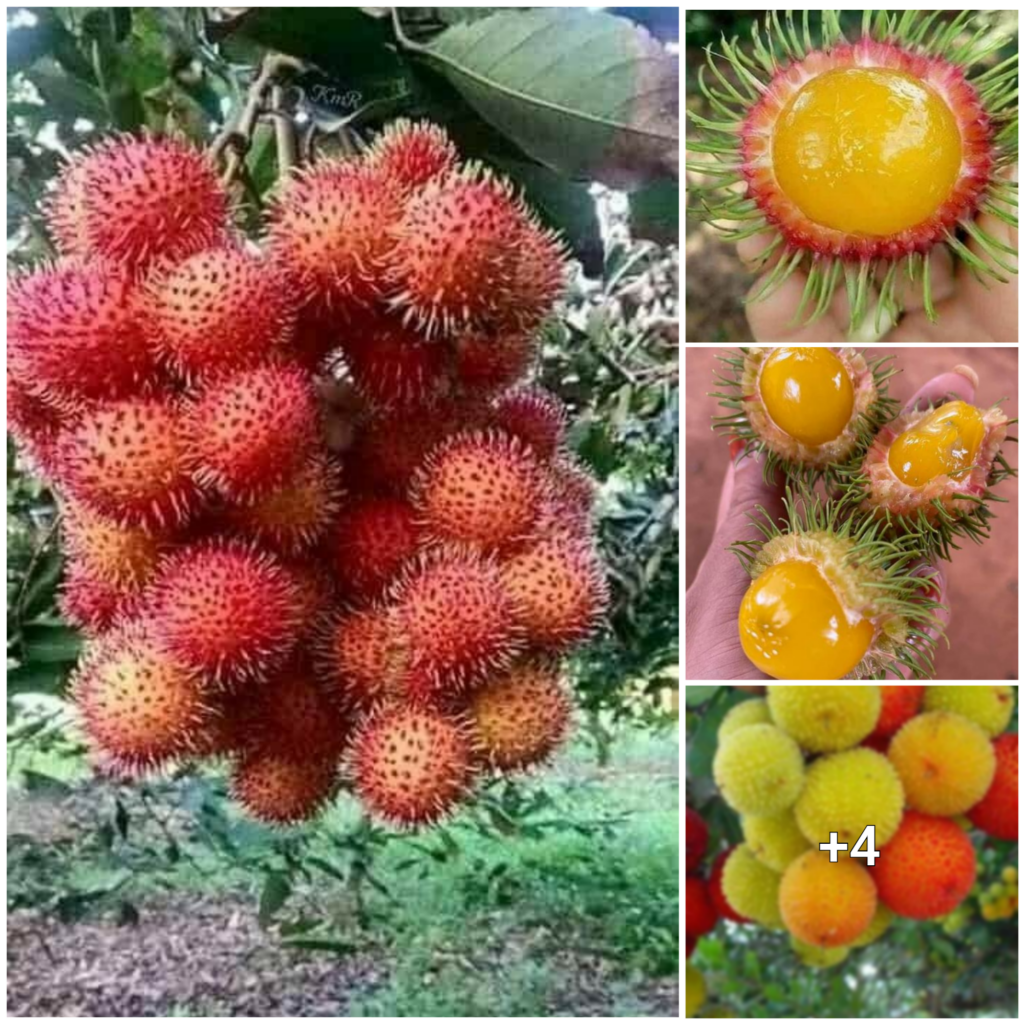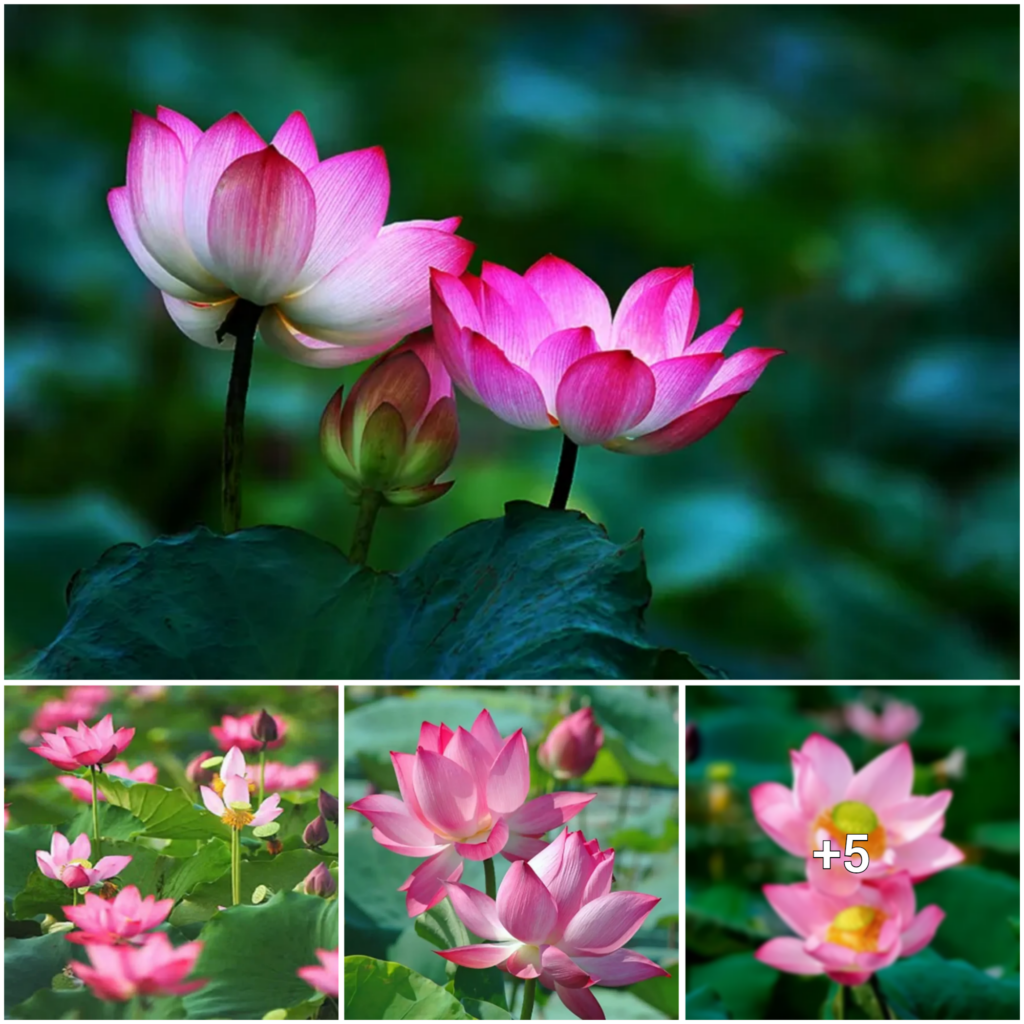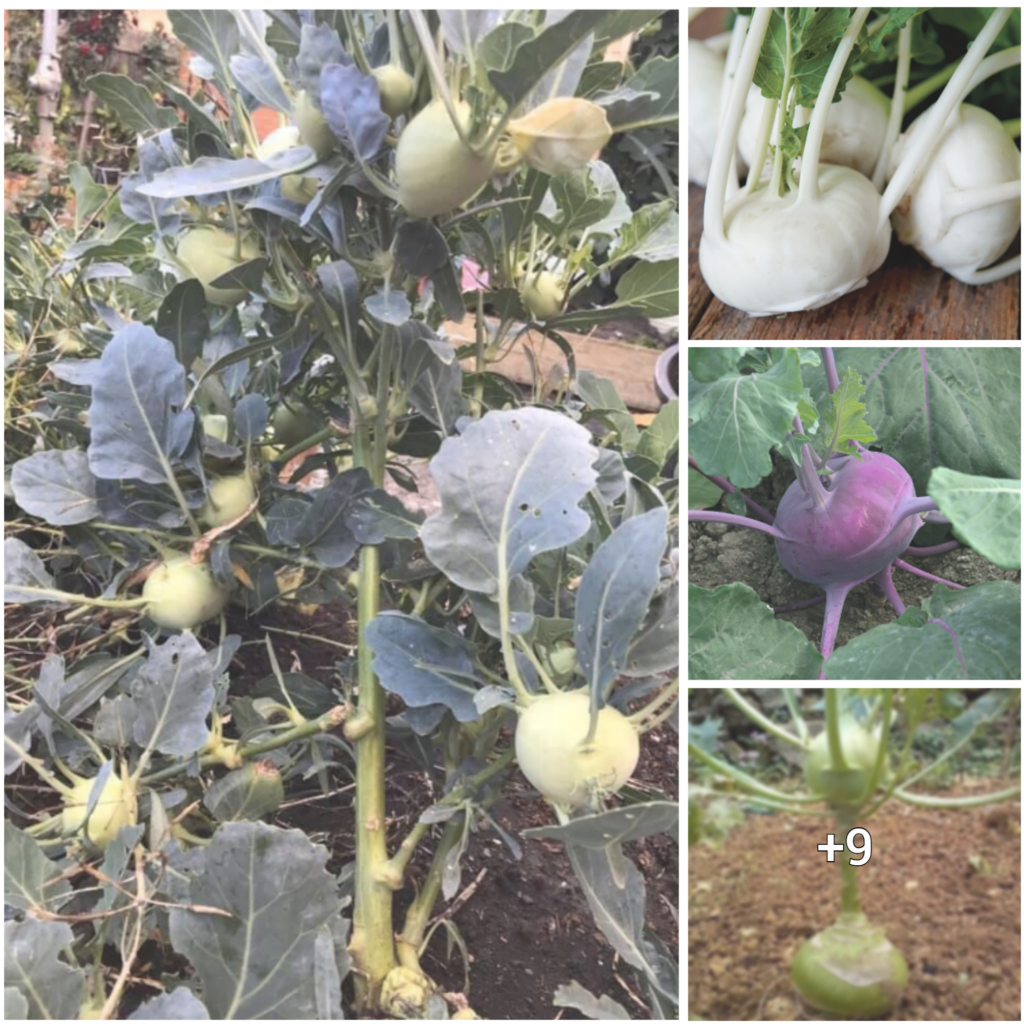The world of plants houses a fascinating beauty that is hard to match, and one such marvel is the Paperflower, also known as bougainvillea. This flower boasts a stunning appearance, combining delicate petals and remarkable durability, which showcases how nature can create art from vulnerability. Our focus today is on the captivating world of the Paperflower, where we delve into its symbolism, cultivation, cultural importance, and appearance.
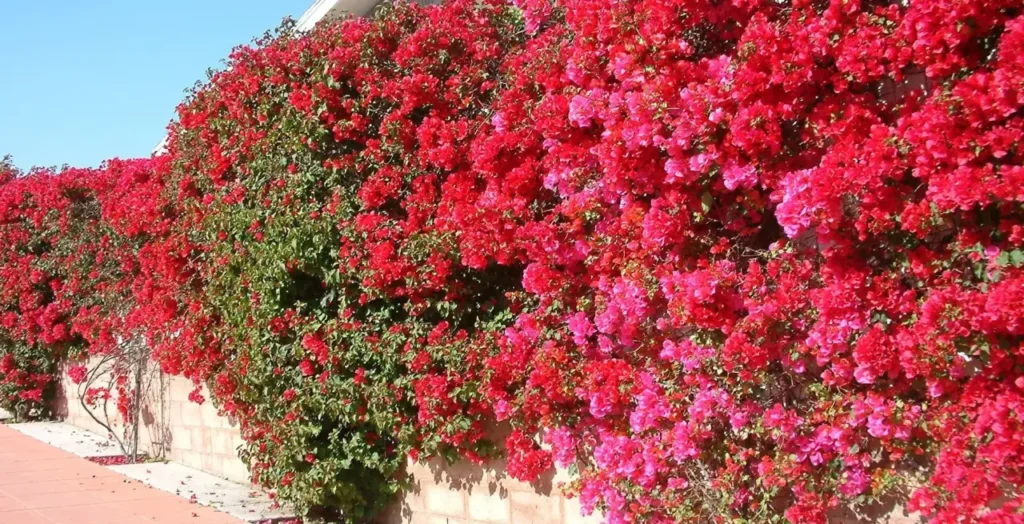
The Bougainvillea, also known as Paperflower, is a beautiful flowering plant that belongs to the Nyctaginaceae family. This plant is native to Brazil in South America but has been widely grown and cultivated in many tropical and subtropical regions across the globe. What makes Paperflowers stand out is not their flowers, but their delicate papery bracts that surround the tiny flowers. These bracts come in various vibrant colors such as pink, purple, red, orange, white and create a breathtaking display of hues. The actual flowers may not be noticeable as they are small and nestled within the bracts.
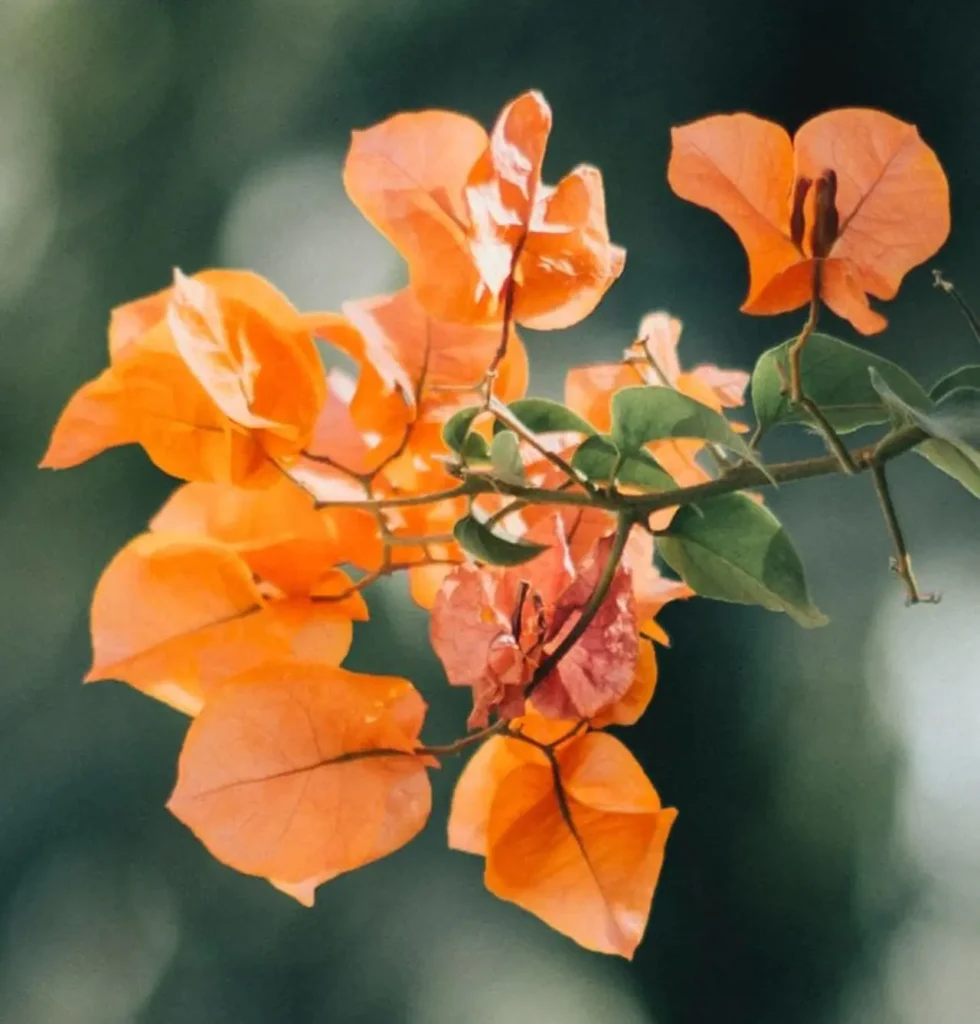
A Guide to the Colors of Paperflowers
If you’re looking to add some color to your garden or floral arrangement, paperflowers are an excellent choice. These versatile blooms come in a wide range of hues and shades, from soft pastels to bold and vibrant tones. Below are some of the most common colors you can find in different types of paperflowers:
– Pink: Ranging from pale pink to deep magenta, pink paperflowers are a popular choice for their feminine and romantic appeal.
– Purple: With shades ranging from light lavender to royal purple, purple paperflowers offer a regal and sophisticated look.
– Red: Bold and dramatic, red paperflowers make a statement with their intense and fiery color.
– Orange: Bright and energetic, orange paperflowers bring warmth and vitality to any setting.
– White: Timeless and elegant, white paperflowers exude purity and grace.
– Yellow: Cheerful and sunny, yellow paperflowers add a pop of brightness to any space.
– Peach: Soft and delicate, peach paperflowers blend pink and orange shades for a subtle and warm appearance.
– Magenta: Striking and intense, magenta paperflowers range from deep fuchsia to purplish-red for a bold and eye-catching look.
– Coral: Combining pink and orange tones, coral paperflowers create a warm and tropical feel.
– Salmon: Reminiscent of the soft shades of salmon fish, salmon paperflowers offer a gentle and beautiful addition to any garden.
– Apricot: With a warm hue similar to ripe apricots, apricot paperflowers are both delicate and lovely.
– Lilac: Like the blossoms of lilac flowers, lilac paperflowers offer a soothing and calming presence with their light purple color.
– Mauve: With a muted shade of pink or purple and a gray undertone, mauve paperflowers have a subtle and sophisticated appearance.
– Coral Pink: Resembling the hues of coral reefs, coral pink paperflowers offer a vibrant and tropical shade of pink.
– Deep Red: Adding drama and depth to their blooms, deep red paperflowers showcase a darker and more intense shade of red.
– Lavender: Evoking the calming fragrance of lavender fields, lavender paperflowers feature a soft and soothing shade of light purple.
– Salmon Pink: With a warm pink hue like the flesh of salmon fish, salmon pink paperflowers are a beautiful addition to any garden or arrangement.
– Sunset Orange: Blending shades of orange and red together, sunset orange paperflowers represent the vibrant and warm colors of a sunset.
– Cream: Offering a subtle and elegant presence, cream-colored paperflowers have a light and creamy hue.
– Bi-color: Some paperflowers showcase bi-color variations with different shades or colors on the same flower, creating an eye-catching and dynamic effect.
While these are just some examples of the colors you can find in paperflowers, the actual variations may vary depending on the specific cultivar and growing conditions. With such a wide range of colors to choose from, you’re sure to find the perfect paperflowers to suit your taste and style.
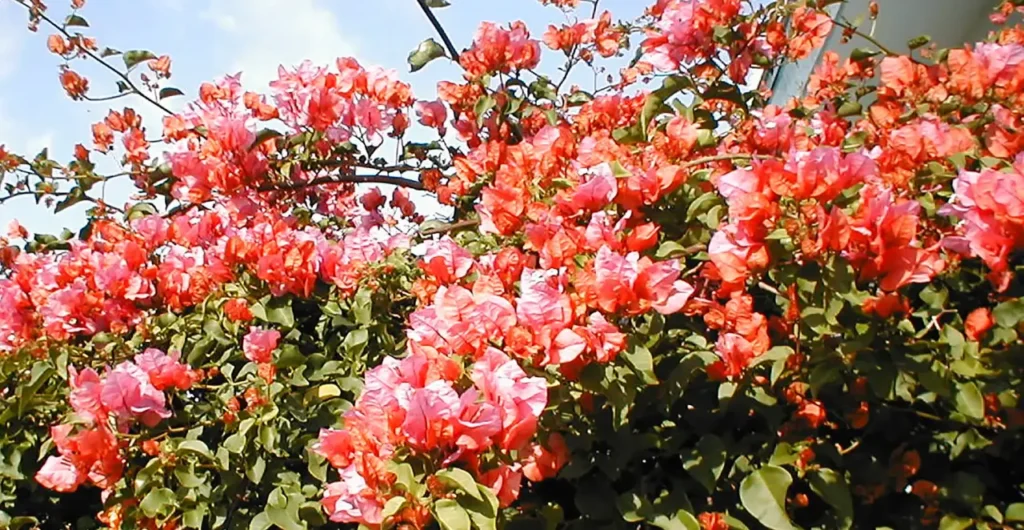
The Paperflower is a plant that carries significant cultural meaning and symbolism across various cultures. Known for its bright and dazzling bracts, it represents passion, energy, and celebration. Many cultures associate this flower with abundance and prosperity, which makes it an ideal choice for special events and decorative purposes. The Paperflower’s resilience and ability to thrive in different environments also make it a symbol of perseverance and strength. Additionally, the flower’s climbing and cascading growth pattern represents growth, expansion, and ambition, inspiring people to reach for new heights.
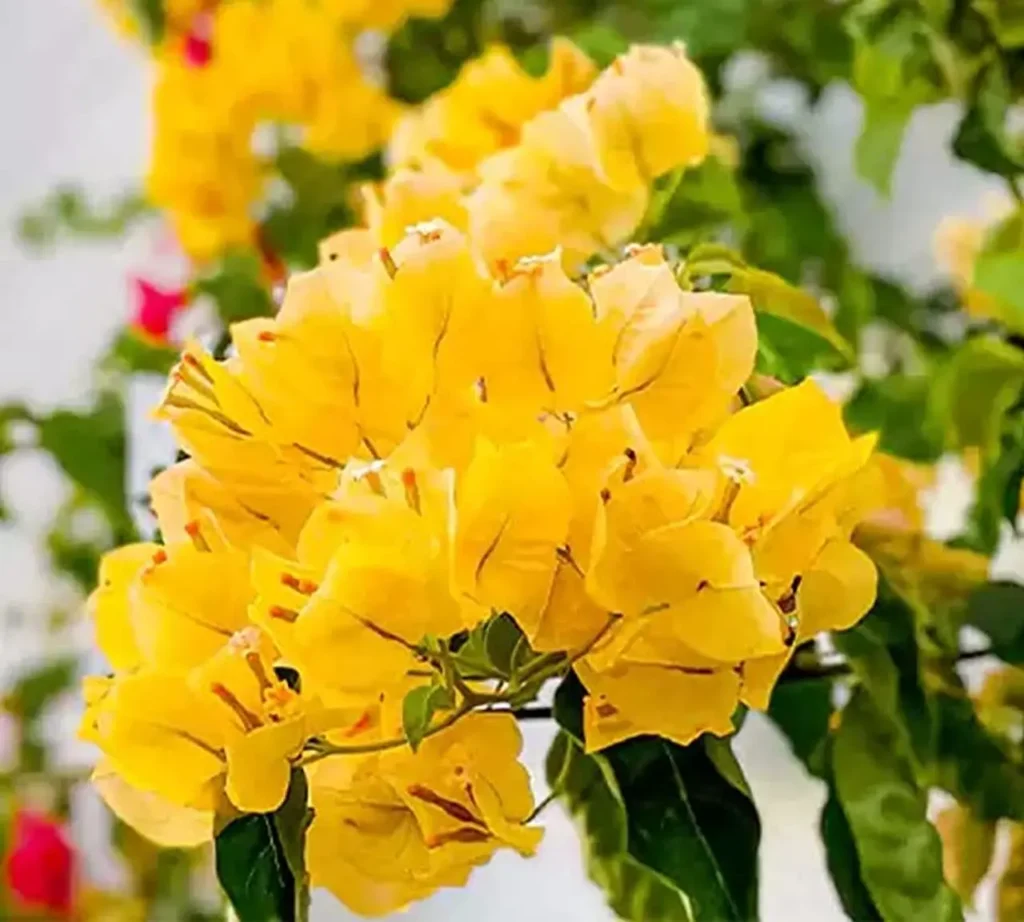
Growing and Maintaining Paperflowers
To successfully cultivate Paperflowers, it’s essential to provide them with a warm and sunny environment. These plants thrive in full sun and prefer soil that drains well. Their stunning colors make them a popular choice for ornamental purposes, and they can brighten up any garden, patio, or landscape. Paperflowers are climbers, which means they can be trained to grow along walls, fences, or trellises, transforming any space into a beautiful oasis. They are easy to maintain and require occasional watering and regular pruning to maintain their desired shape and size.
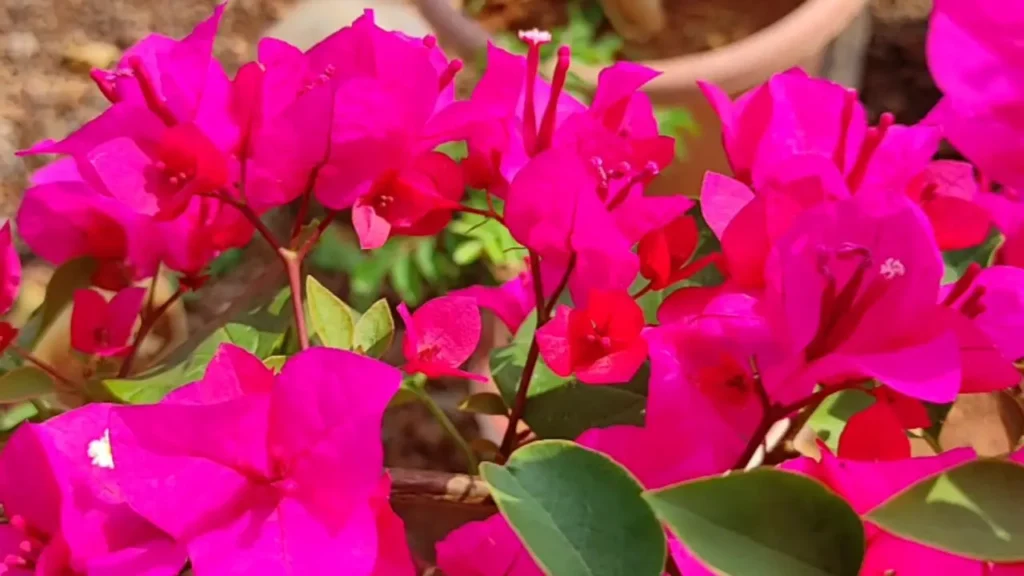
The Paperflower is a plant that stands out for its versatility and adaptability. It has the unique ability to thrive in diverse growing conditions, making it an attractive option for arid regions as it can endure droughts. Additionally, it can survive high humidity and coastal environments, showcasing its resilience. What’s more, this incredible plant can bloom abundantly and add a dash of color even in harsh conditions, which is why it has gained immense popularity worldwide.
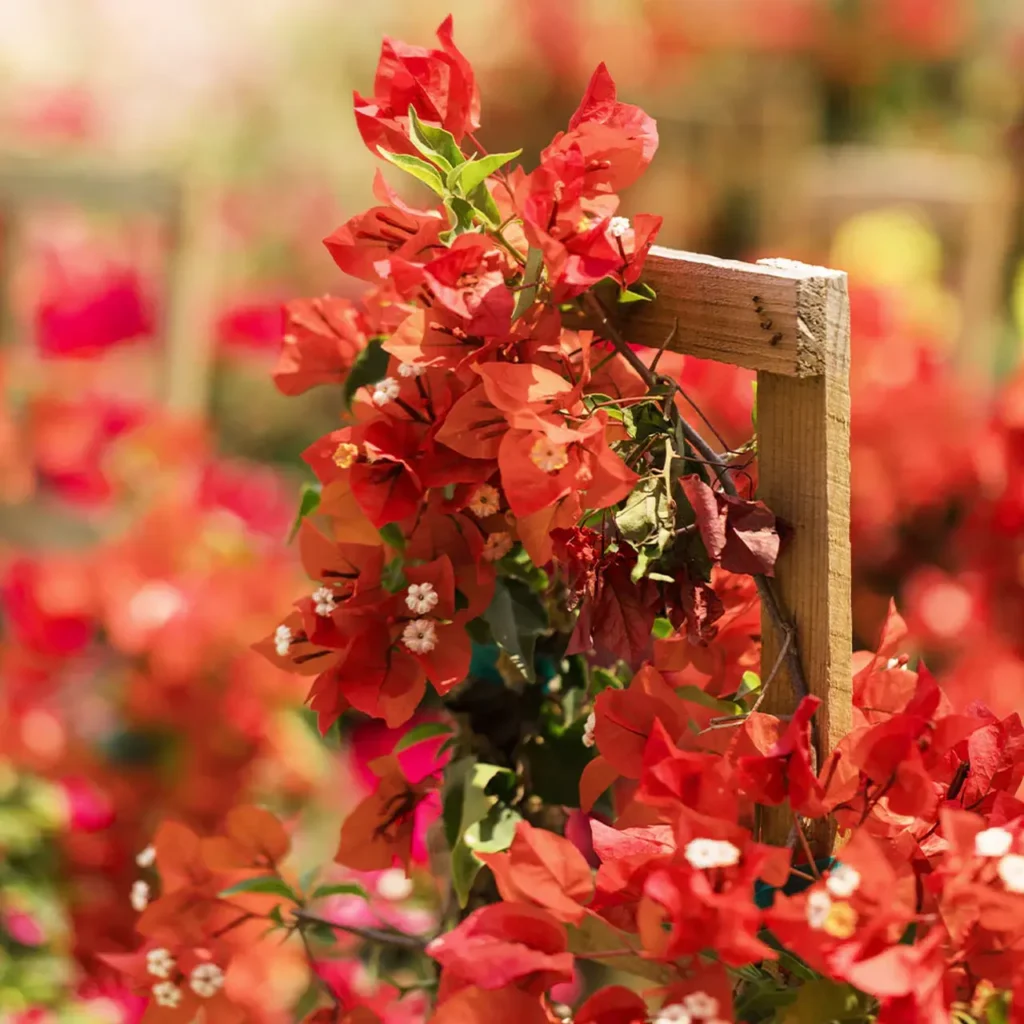
The stunning allure of the Paperflower has been a source of creative inspiration for centuries, captivating the minds of artists, poets, and photographers alike. Its dainty papery petals and vibrant hues have been immortalized in countless art forms such as paintings, sculptures, and textile designs, acting as a catalyst for imaginative expression. The Paperflower’s distinct texture and color spectrum make it a preferred choice for botanical artists, providing a chance to capture the intricate beauty of this remarkable plant.
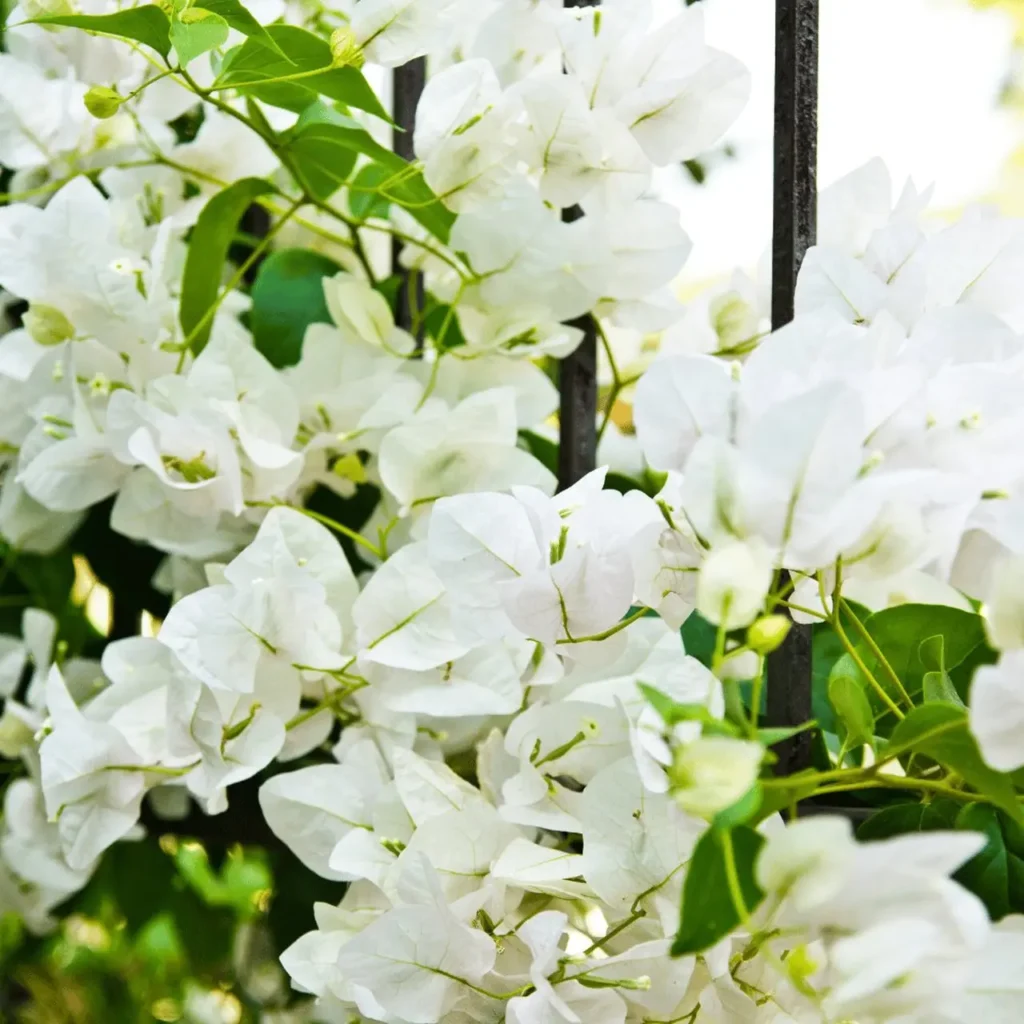
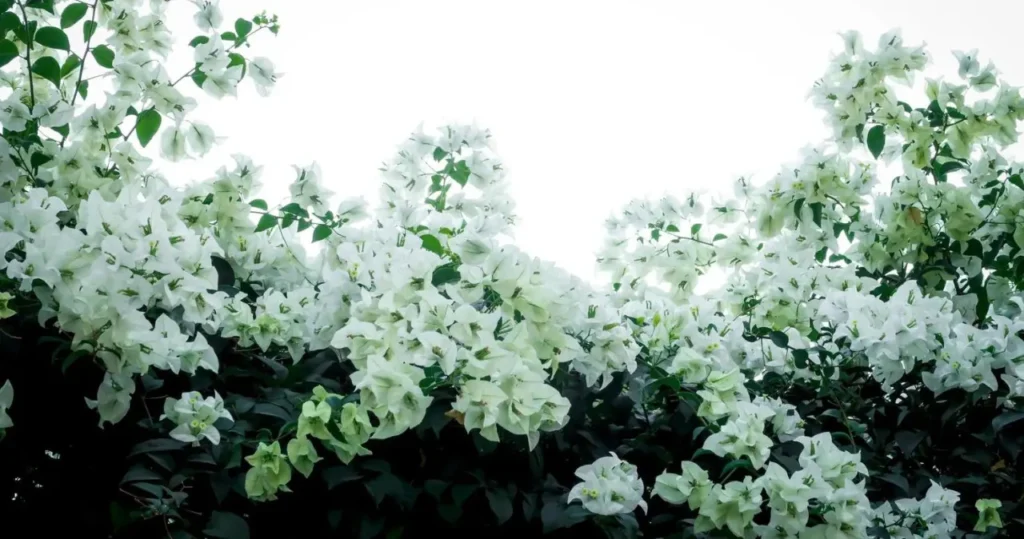
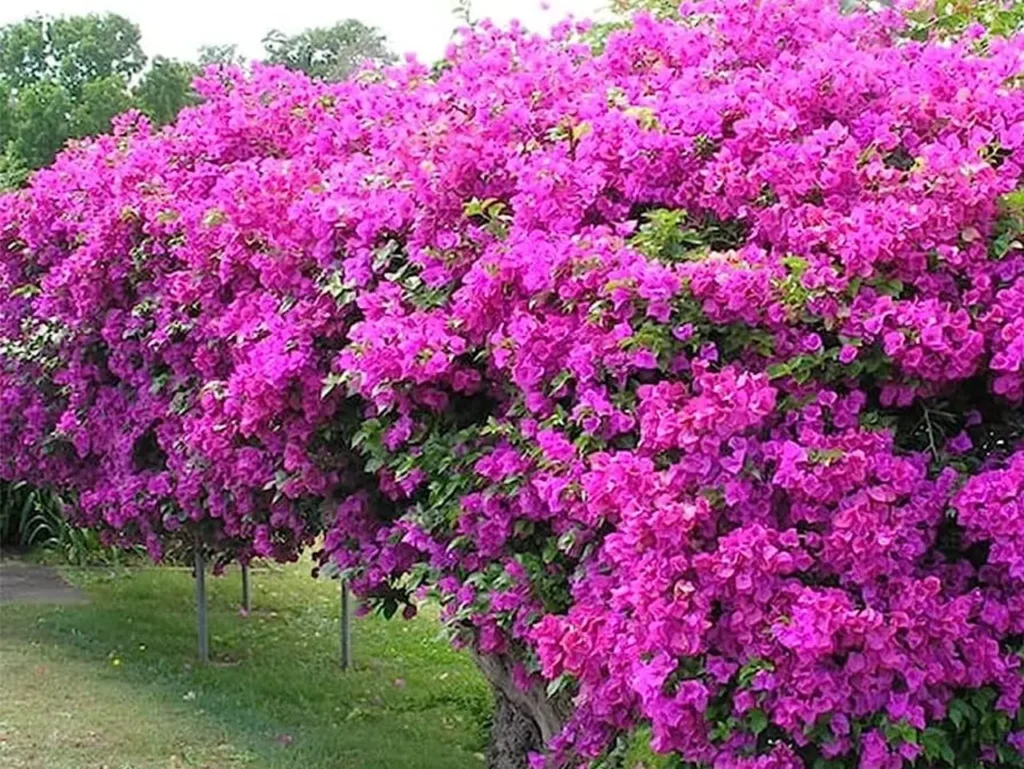
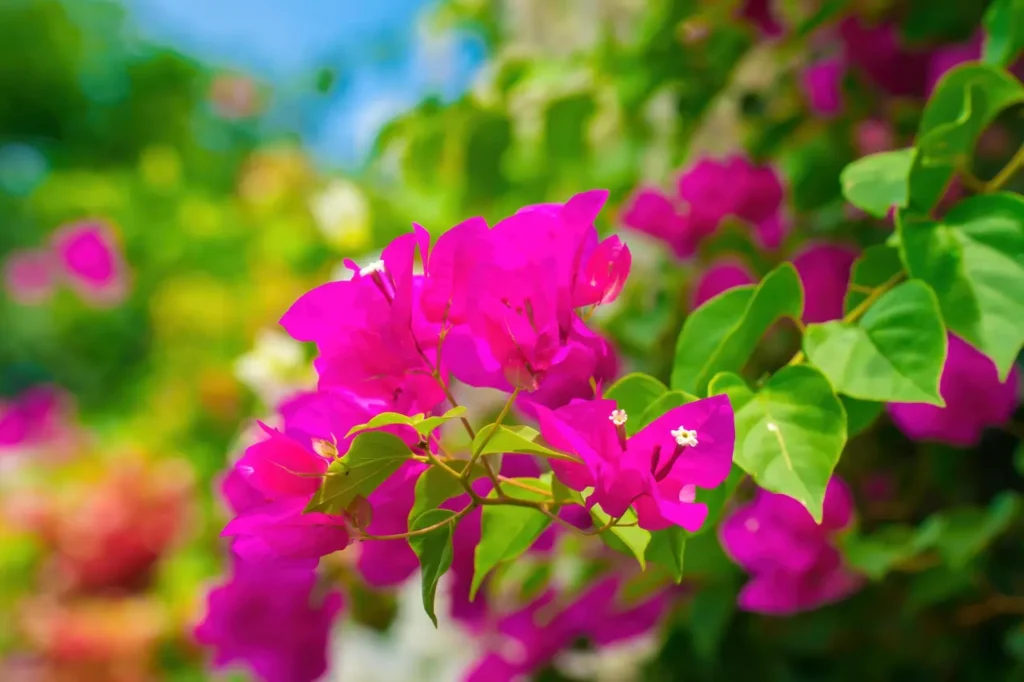
The Paperflower is truly a wonder of nature with its fragile yet stunning petals and vivid hues. Its unwavering ability to thrive in tough circumstances and present a remarkable spectacle of colors has garnered admiration from gardeners, artists, and those who adore the natural world. Beyond appreciating its exquisite appearance, let us contemplate the symbolism of the Paperflower as a representation of resilience and the persistent spirit of nature that persists through hardships. Let it inspire us to approach life’s obstacles with elegance and discover splendor in unanticipated places.

